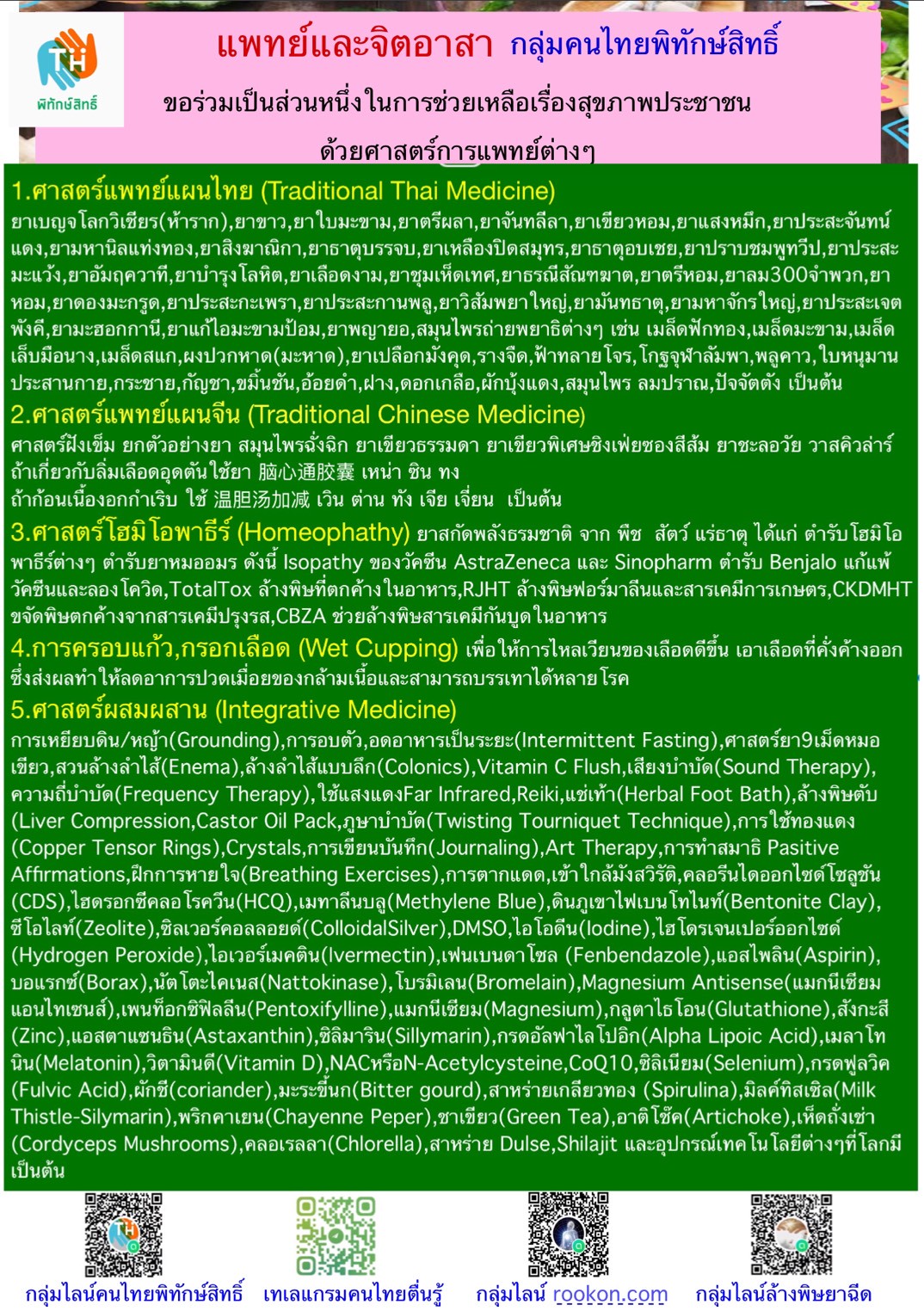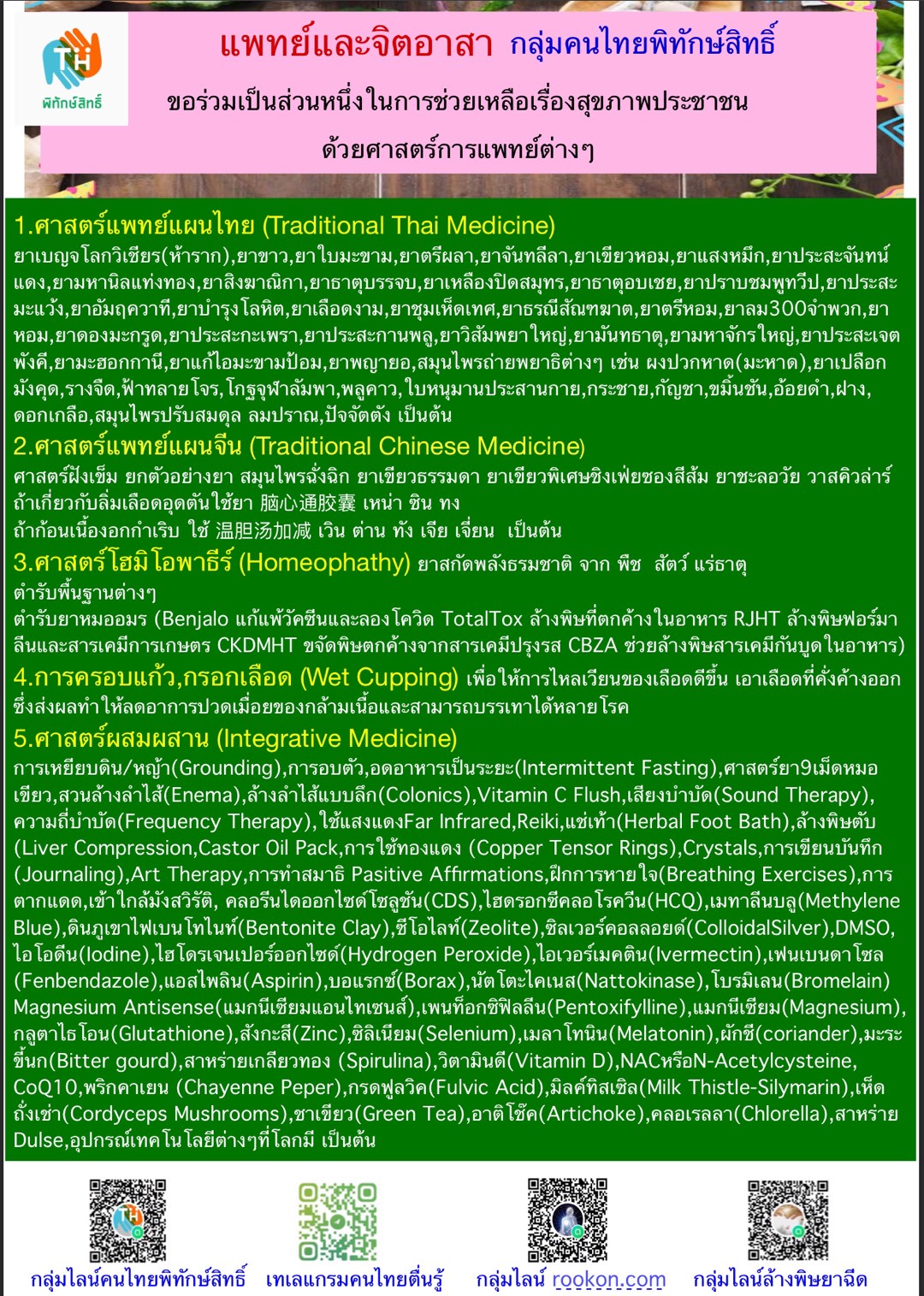ทำไมไม่ควรใช้น้ำยาเช็ดกระจกกับทีวี
ทีวีรุ่นเก่า (CRT) ใช้กระจกหนาและทนทาน จึงสามารถเช็ดด้วยน้ำยาเช็ดกระจกได้ แต่ทีวีสมัยใหม่ เช่น LCD, OLED, Plasma มีการเคลือบผิวพิเศษเพื่อกันแสงสะท้อนและเพิ่มคุณภาพภาพ หากใช้น้ำยาเช็ดกระจกที่มีสาร แอมโมเนีย, เบนซีน หรือแอลกอฮอล์ จะทำให้สารเคลือบเสื่อมสภาพ เกิดรอยเหลืองหรือหมองถาวร
ความเสี่ยงจากการทำความสะอาดผิดวิธี
นอกจากสารเคมีแล้ว การใช้ กระดาษทิชชู่หรือผ้าใยหยาบ อาจทำให้เกิดรอยขีดข่วนบนหน้าจอ อีกทั้งการกดแรงเกินไปอาจทำให้ ผลึกเหลว (Liquid Crystals) ในจอ LCD เสียหาย ส่งผลให้ภาพผิดเพี้ยนหรือจอเสียหายถาวร
วิธีทำความสะอาดที่ถูกต้อง
ผู้ผลิตทีวีแนะนำให้ใช้:
ผ้าไมโครไฟเบอร์แห้ง เช็ดฝุ่นเบา ๆ
หากมีคราบ ให้ใช้ผ้าไมโครไฟเบอร์ชุบน้ำสะอาดหมาด ๆ เช็ดอย่างเบามือ
หลีกเลี่ยงการฉีดน้ำหรือสเปรย์ตรงหน้าจอ ควรฉีดลงบนผ้าแทน
ไม่ใช้สารเคมีแรง ๆ เช่น น้ำยาเช็ดกระจก, สบู่, ผงซักฟอก หรือแอลกอฮอล์
สรุปประเด็นสำคัญ
ทีวีรุ่นใหม่มีการเคลือบผิวพิเศษ น้ำยาเช็ดกระจกทำลายสารเคลือบและทำให้จอเหลือง/หมอง
การกดแรงหรือใช้ผ้าไม่เหมาะสม อาจทำให้จอ LCD เสียหายถาวร
วิธีที่ถูกต้อง ใช้ผ้าไมโครไฟเบอร์แห้งหรือหมาด ๆ เช็ดเบา ๆ
สิ่งที่ไม่ควรทำ ห้ามใช้น้ำยาเช็ดกระจก, สบู่, แอลกอฮอล์ หรือฉีดน้ำตรงหน้าจอ
https://www.slashgear.com/2019859/can-you-use-glass-cleaner-on-tv-bad-idea-reason/
ทีวีรุ่นเก่า (CRT) ใช้กระจกหนาและทนทาน จึงสามารถเช็ดด้วยน้ำยาเช็ดกระจกได้ แต่ทีวีสมัยใหม่ เช่น LCD, OLED, Plasma มีการเคลือบผิวพิเศษเพื่อกันแสงสะท้อนและเพิ่มคุณภาพภาพ หากใช้น้ำยาเช็ดกระจกที่มีสาร แอมโมเนีย, เบนซีน หรือแอลกอฮอล์ จะทำให้สารเคลือบเสื่อมสภาพ เกิดรอยเหลืองหรือหมองถาวร
ความเสี่ยงจากการทำความสะอาดผิดวิธี
นอกจากสารเคมีแล้ว การใช้ กระดาษทิชชู่หรือผ้าใยหยาบ อาจทำให้เกิดรอยขีดข่วนบนหน้าจอ อีกทั้งการกดแรงเกินไปอาจทำให้ ผลึกเหลว (Liquid Crystals) ในจอ LCD เสียหาย ส่งผลให้ภาพผิดเพี้ยนหรือจอเสียหายถาวร
วิธีทำความสะอาดที่ถูกต้อง
ผู้ผลิตทีวีแนะนำให้ใช้:
ผ้าไมโครไฟเบอร์แห้ง เช็ดฝุ่นเบา ๆ
หากมีคราบ ให้ใช้ผ้าไมโครไฟเบอร์ชุบน้ำสะอาดหมาด ๆ เช็ดอย่างเบามือ
หลีกเลี่ยงการฉีดน้ำหรือสเปรย์ตรงหน้าจอ ควรฉีดลงบนผ้าแทน
ไม่ใช้สารเคมีแรง ๆ เช่น น้ำยาเช็ดกระจก, สบู่, ผงซักฟอก หรือแอลกอฮอล์
สรุปประเด็นสำคัญ
ทีวีรุ่นใหม่มีการเคลือบผิวพิเศษ น้ำยาเช็ดกระจกทำลายสารเคลือบและทำให้จอเหลือง/หมอง
การกดแรงหรือใช้ผ้าไม่เหมาะสม อาจทำให้จอ LCD เสียหายถาวร
วิธีที่ถูกต้อง ใช้ผ้าไมโครไฟเบอร์แห้งหรือหมาด ๆ เช็ดเบา ๆ
สิ่งที่ไม่ควรทำ ห้ามใช้น้ำยาเช็ดกระจก, สบู่, แอลกอฮอล์ หรือฉีดน้ำตรงหน้าจอ
https://www.slashgear.com/2019859/can-you-use-glass-cleaner-on-tv-bad-idea-reason/
🖥️ ทำไมไม่ควรใช้น้ำยาเช็ดกระจกกับทีวี
ทีวีรุ่นเก่า (CRT) ใช้กระจกหนาและทนทาน จึงสามารถเช็ดด้วยน้ำยาเช็ดกระจกได้ แต่ทีวีสมัยใหม่ เช่น LCD, OLED, Plasma มีการเคลือบผิวพิเศษเพื่อกันแสงสะท้อนและเพิ่มคุณภาพภาพ หากใช้น้ำยาเช็ดกระจกที่มีสาร แอมโมเนีย, เบนซีน หรือแอลกอฮอล์ จะทำให้สารเคลือบเสื่อมสภาพ เกิดรอยเหลืองหรือหมองถาวร
⚠️ ความเสี่ยงจากการทำความสะอาดผิดวิธี
นอกจากสารเคมีแล้ว การใช้ กระดาษทิชชู่หรือผ้าใยหยาบ อาจทำให้เกิดรอยขีดข่วนบนหน้าจอ อีกทั้งการกดแรงเกินไปอาจทำให้ ผลึกเหลว (Liquid Crystals) ในจอ LCD เสียหาย ส่งผลให้ภาพผิดเพี้ยนหรือจอเสียหายถาวร
🔧 วิธีทำความสะอาดที่ถูกต้อง
ผู้ผลิตทีวีแนะนำให้ใช้:
🧽 ผ้าไมโครไฟเบอร์แห้ง เช็ดฝุ่นเบา ๆ
🧽 หากมีคราบ ให้ใช้ผ้าไมโครไฟเบอร์ชุบน้ำสะอาดหมาด ๆ เช็ดอย่างเบามือ
🧽 หลีกเลี่ยงการฉีดน้ำหรือสเปรย์ตรงหน้าจอ ควรฉีดลงบนผ้าแทน
🧽 ไม่ใช้สารเคมีแรง ๆ เช่น น้ำยาเช็ดกระจก, สบู่, ผงซักฟอก หรือแอลกอฮอล์
📌 สรุปประเด็นสำคัญ
✅ ทีวีรุ่นใหม่มีการเคลือบผิวพิเศษ ➡️ น้ำยาเช็ดกระจกทำลายสารเคลือบและทำให้จอเหลือง/หมอง
✅ การกดแรงหรือใช้ผ้าไม่เหมาะสม ➡️ อาจทำให้จอ LCD เสียหายถาวร
✅ วิธีที่ถูกต้อง ➡️ ใช้ผ้าไมโครไฟเบอร์แห้งหรือหมาด ๆ เช็ดเบา ๆ
‼️ สิ่งที่ไม่ควรทำ ⛔ ห้ามใช้น้ำยาเช็ดกระจก, สบู่, แอลกอฮอล์ หรือฉีดน้ำตรงหน้าจอ
https://www.slashgear.com/2019859/can-you-use-glass-cleaner-on-tv-bad-idea-reason/
0 ความคิดเห็น
0 การแบ่งปัน
71 มุมมอง
0 รีวิว








